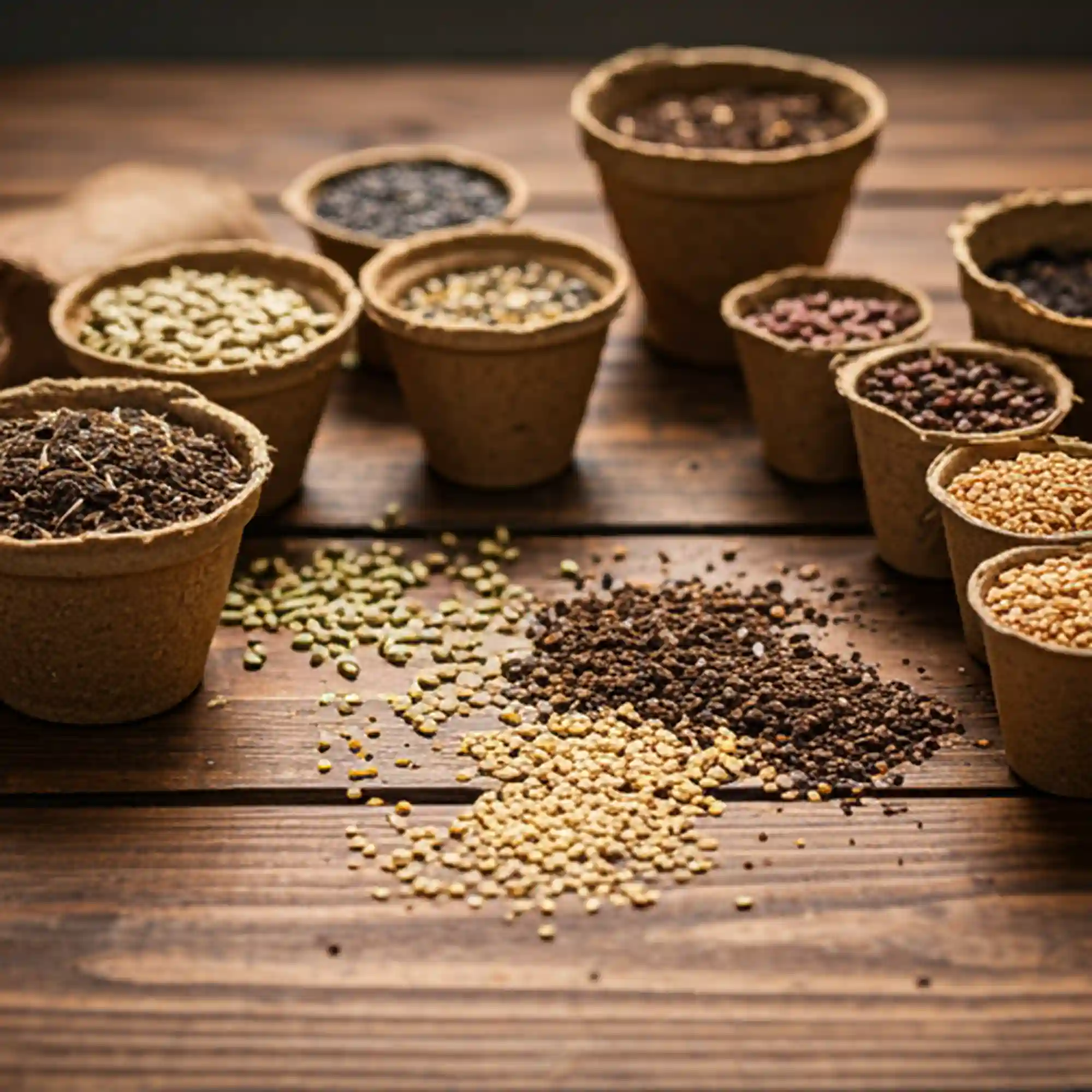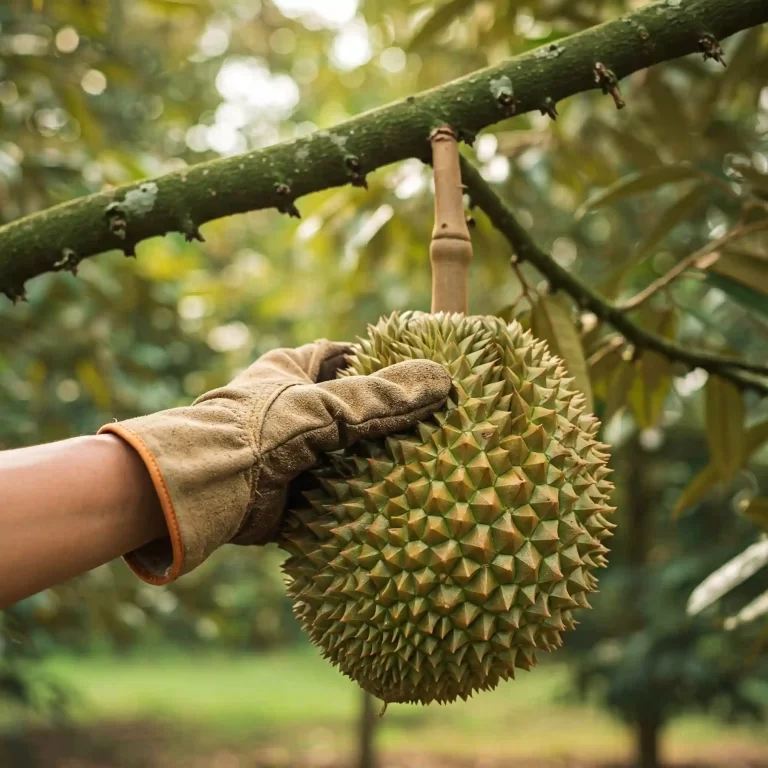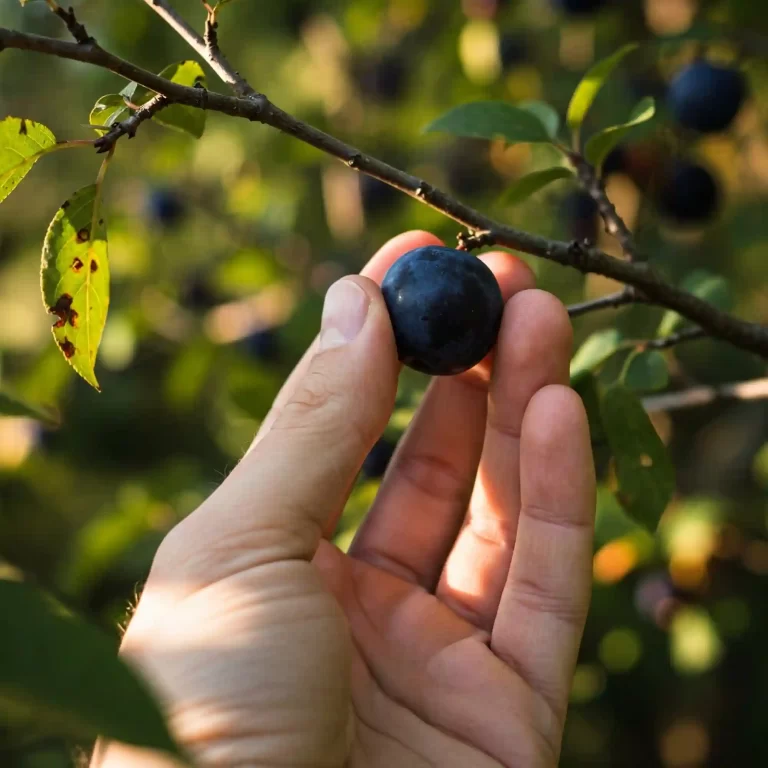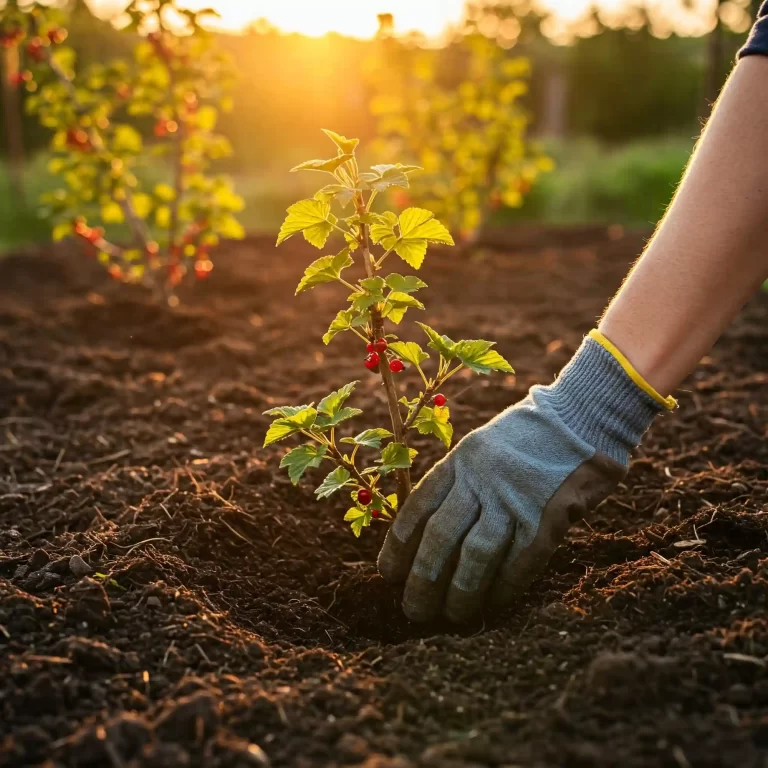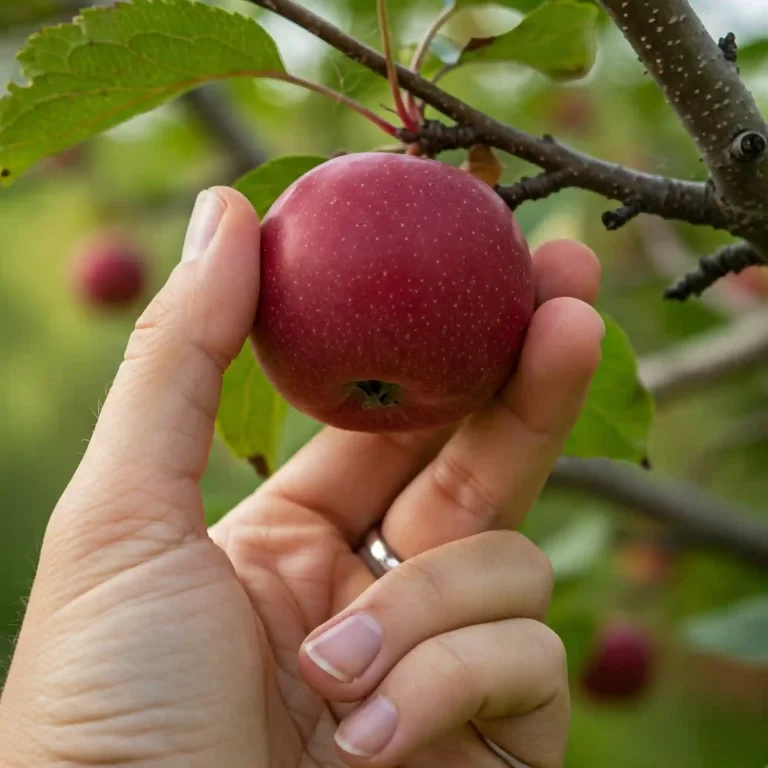Starting a garden can be an exciting yet daunting task. One of the most critical steps in this process is ensuring that your seeds have the best possible start. Seed starting mixes play a vital role in this, but many gardeners are unsure about what they are, how to use them, and which ones are the best. This guide aims to demystify seed starting mixes, providing you with all the information you need to make informed decisions and achieve a thriving garden.
What is a Seed Starting Mix?
Seed starting mixes are specially formulated growing mediums designed to provide the ideal environment for seed germination and seedling growth. Unlike regular garden soil, these mixes are lightweight, sterile, and free from weed seeds and pathogens. They typically contain a blend of ingredients such as peat moss, vermiculite, perlite, and sometimes coconut coir or compost.
Difference Between Seed Starting Mix and Potting Soil
While both seed starting mixes and potting soil are used for growing plants, they serve different purposes. Potting soil is generally denser and contains nutrients suitable for mature plants. In contrast, seed starting mixes are lighter and more finely textured, which helps young seedlings develop strong root systems without being hindered by heavy soil.
Benefits of Using Seed Starting Mixes
- Improved Germination Rates: Seed starting mixes provide a consistent and controlled environment, which can significantly improve germination rates.
- Disease Prevention: These mixes are typically sterile, reducing the risk of diseases that can affect young seedlings.
- Better Root Development: The light and airy texture of seed starting mixes allows roots to grow freely and access oxygen more easily.
- Ease of Use: Seed starting mixes are easy to handle and work with, making the planting process more straightforward.
Key Ingredients in Seed Starting Mixes
Understanding the components of seed starting mixes can help you choose or create the best mix for your needs. Here are the primary ingredients commonly found in these mixes:
Peat Moss
Peat moss is a common ingredient in seed starting mixes due to its ability to retain moisture while providing good drainage. It is lightweight and has a slightly acidic pH, which is suitable for most seeds. However, peat moss is not a renewable resource, and its extraction can have environmental impacts.
Vermiculite
Vermiculite is a mineral that expands when heated, creating a lightweight, absorbent material. It helps retain moisture and nutrients in the mix, making them available to seedlings as they grow. Vermiculite also improves aeration, which is crucial for root development.
Perlite
Perlite is a volcanic glass that is heated until it expands, forming a lightweight, porous material. It improves drainage and aeration in the seed starting mix, preventing the soil from becoming waterlogged. Perlite is especially useful for plants that require well-drained soil.
Coconut Coir
Coconut coir is a sustainable alternative to peat moss. It is made from the fibrous husks of coconuts and has excellent water retention and aeration properties. Coconut coir is pH-neutral and biodegradable, making it an environmentally friendly choice.
Compost
Compost can be added to seed starting mixes to provide a natural source of nutrients. It improves the overall fertility of the mix and supports healthy seedling growth. However, compost should be used sparingly in seed starting mixes to avoid over-fertilization.
Types of Seed Starting Mixes
There are various types of seed starting mixes available, each with its own advantages and disadvantages. Here are the main categories:
Organic Seed Starting Mixes
Organic seed starting mixes are made from natural, sustainable ingredients and do not contain synthetic chemicals or fertilizers. They are ideal for gardeners who prefer to grow their plants organically. These mixes often include ingredients like coconut coir, compost, and organic fertilizers.
Commercial Seed Starting Mixes
Commercial seed starting mixes are pre-packaged and readily available at garden centers and online. They are convenient and formulated to provide optimal conditions for seed germination. Popular brands include Miracle-Gro, Jiffy, and Espoma.
DIY Seed Starting Mixes
For those who prefer a hands-on approach, making your own seed starting mix can be a cost-effective and customizable option. DIY mixes allow you to control the ingredients and tailor the mix to your specific needs. Common DIY recipes include combinations of peat moss, vermiculite, perlite, and compost.
How to Choose the Best Seed Starting Mix
Selecting the right seed starting mix depends on several factors, including the type of plants you are growing, whether you are gardening indoors or outdoors, and your preference for organic or non-organic products. Here are some tips to help you choose the best mix:
Factors to Consider
- Plant Type: Different plants have varying requirements. For example, vegetables may need a different mix than flowers or herbs.
- Growing Environment: Indoor gardening may require a mix with better moisture retention, while outdoor gardening might benefit from a mix with improved drainage.
- Organic vs. Non-Organic: Decide whether you prefer organic ingredients or are comfortable with synthetic additives.
Top Brands and Products
- Miracle-Gro Seed Starting Mix: Known for its high-quality ingredients and reliable performance.
- Jiffy Seed Starting Mix: Popular for its convenience and effectiveness.
- Espoma Organic Seed Starting Mix: A great choice for organic gardeners.
Reviews and Comparisons
When choosing a seed starting mix, it’s helpful to read reviews and compare products. Look for feedback from other gardeners and consider factors such as ease of use, germination rates, and overall plant health.
How to Make Your Own Seed Starting Mix
Creating your own seed starting mix can be a rewarding and cost-effective way to ensure your seedlings get the best start. Here’s a step-by-step guide:
Ingredients and Tools Needed
- Peat moss or coconut coir
- Vermiculite
- Perlite
- Compost (optional)
- Large mixing container
- Measuring cups
Step-by-Step Guide
- Measure Ingredients: Use equal parts of peat moss (or coconut coir), vermiculite, and perlite. If using compost, add it sparingly.
- Mix Thoroughly: Combine the ingredients in a large container and mix until well-blended.
- Moisten the Mix: Add water gradually and mix until the seed starting mix is evenly moist but not waterlogged.
- Store Properly: Store the mix in an airtight container to keep it fresh until you are ready to use it.
Tips for Customizing Your Mix
- Adjust pH: If needed, adjust the pH of your mix by adding lime to raise it or sulfur to lower it.
- Add Nutrients: Incorporate organic fertilizers or compost to provide additional nutrients for your seedlings.
- Improve Drainage: If your mix retains too much moisture, add more perlite or sand to improve drainage.
How to Use Seed Starting Mixes
Using seed starting mixes correctly is crucial for successful seed germination and seedling growth. Here’s how to get started:
Preparing the Mix for Planting
- Moisten the Mix: Before planting, moisten the seed starting mix to ensure it is evenly damp.
- Fill Containers: Fill seed trays, pots, or other containers with the moistened mix, leaving a small gap at the top.
Sowing Seeds in the Mix
- Planting Depth: Follow the seed packet instructions for the correct planting depth. Generally, seeds should be planted at a depth of 2-3 times their diameter.
- Spacing: Space seeds according to the recommendations on the seed packet to avoid overcrowding.
Watering and Maintaining Seedlings
- Watering: Keep the mix consistently moist but not waterlogged. Use a spray bottle or gentle watering can to avoid disturbing the seeds.
- Light: Provide adequate light for your seedlings. Use grow lights if natural light is insufficient.
- Temperature: Maintain a warm environment, ideally between 65-75°F (18-24°C), to promote germination.
Transplanting Seedlings to the Garden
- Hardening Off: Gradually acclimate seedlings to outdoor conditions by placing them outside for a few hours each day, increasing the time over a week.
- Transplanting: When seedlings are ready, transplant them to the garden, ensuring they are planted at the same depth they were in the seed starting mix.
Common Problems and Solutions
Even with the best seed starting mix, you may encounter some issues. Here are common problems and how to solve them:
Mold Growth
- Cause: Overwatering or poor air circulation.
- Solution: Reduce watering, improve ventilation, and use a fan to increase air circulation.
Poor Germination Rates
- Cause: Old seeds, incorrect planting depth, or inadequate moisture.
- Solution: Use fresh seeds, follow planting instructions, and keep the mix consistently moist.
Leggy Seedlings
- Cause: Insufficient light.
- Solution: Provide more light, either by moving seedlings to a sunnier location or using grow lights.
Yellowing Leaves
- Cause: Nutrient deficiency or overwatering.
- Solution: Ensure proper watering and consider adding a diluted fertilizer.
Benefits of Using Seed Starting Mixes
Using seed starting mixes offers several advantages that can lead to a more successful gardening experience:
Improved Germination Rates
Seed starting mixes provide a controlled environment that enhances germination rates. The consistent moisture and temperature conditions help seeds sprout more reliably.
Healthier Seedlings
The sterile nature of seed starting mixes reduces the risk of diseases, leading to healthier seedlings. The light texture also supports strong root development, allowing seedlings to establish themselves more quickly once transplanted.
Better Root Development
Seed starting mixes are designed to be loose and airy, which promotes excellent root growth. This is crucial for young plants as it helps them absorb water and nutrients more efficiently, leading to robust and healthy growth.
Ease of Use
Seed starting mixes are easy to handle and work with, making the planting process straightforward even for beginners. They are pre-mixed and ready to use, saving time and effort in preparing the growing medium.
Seed Starting Mixes for Different Plants
Different plants have varying requirements, and choosing the right seed starting mix can make a significant difference in their growth. Here’s a guide to selecting the best mix for various types of plants:
Best Mixes for Vegetables
Vegetables generally require a mix that retains moisture well but also provides good drainage. A combination of peat moss, vermiculite, and perlite works well. Adding a small amount of compost can provide essential nutrients for the seedlings.
Best Mixes for Flowers
Flowers often need a mix that supports both moisture retention and aeration. A blend of coconut coir, perlite, and a bit of compost can create an ideal environment for flower seeds to germinate and grow.
Best Mixes for Herbs
Herbs typically prefer a well-draining mix that prevents waterlogging. A mix of peat moss, perlite, and vermiculite is suitable. Herbs also benefit from a slightly more nutrient-rich mix, so adding a small amount of organic fertilizer can be beneficial.
FAQs About Seed Starting Mixes
What is the best seed starting mix for vegetables?
The best seed starting mix for vegetables is one that retains moisture while providing good drainage. A mix of peat moss, vermiculite, and perlite, with a small amount of compost, is ideal for most vegetable seeds.
Can I use potting soil instead of seed starting mix?
While you can use potting soil, it is not recommended for starting seeds. Potting soil is denser and may contain larger particles that can hinder seedling growth. Seed starting mixes are specifically designed to provide the optimal environment for seed germination and early growth.
How often should I water my seedlings?
Seedlings should be kept consistently moist but not waterlogged. Watering frequency depends on the environment and the type of seed starting mix used. Generally, watering once a day or every other day is sufficient, but always check the moisture level of the mix.
What are the benefits of using organic seed starting mixes?
Organic seed starting mixes are made from natural, sustainable ingredients and do not contain synthetic chemicals. They are better for the environment and can provide a healthier start for your seedlings. Organic mixes often include compost, coconut coir, and organic fertilizers.
How do I prevent mold in my seed starting mix?
To prevent mold, ensure good air circulation around your seedlings and avoid overwatering. Using a fan to increase airflow and allowing the surface of the mix to dry slightly between waterings can help prevent mold growth.
Can I reuse seed starting mix?
Reusing seed starting mix is possible, but it is not recommended. Used mix may contain pathogens or depleted nutrients that can affect new seedlings. If you choose to reuse it, sterilize the mix by baking it in the oven at 180°F (82°C) for 30 minutes and replenish nutrients by adding fresh compost or organic fertilizer.
What is the difference between seed starting mix and potting soil?
Seed starting mix is lighter and more finely textured than potting soil, making it ideal for seed germination. Potting soil is denser and contains more nutrients, suitable for mature plants. Seed starting mix is sterile and free from weed seeds and pathogens, while potting soil may not be.
How do I make my own seed starting mix?
To make your own seed starting mix, combine equal parts of peat moss (or coconut coir), vermiculite, and perlite. Optionally, add a small amount of compost for nutrients. Mix thoroughly and moisten before use.
What are the key ingredients in a seed starting mix?
The key ingredients in a seed starting mix are peat moss (or coconut coir), vermiculite, and perlite. These components provide moisture retention, aeration, and drainage. Compost or organic fertilizers can be added for additional nutrients.
How do I choose the best seed starting mix for my plants?
Choose a seed starting mix based on the type of plants you are growing, your growing environment, and whether you prefer organic or non-organic products. Look for mixes that provide good moisture retention, aeration, and drainage. Reading reviews and comparing products can also help you make an informed decision.
Conclusion
Choosing the right seed starting mix is crucial for successful seed germination and healthy seedling growth. By understanding the different types of mixes, their ingredients, and how to use them, you can give your plants the best possible start. Whether you opt for a commercial mix, an organic option, or a DIY blend, the key is to provide a supportive environment that meets the needs of your seeds. Happy gardening!
